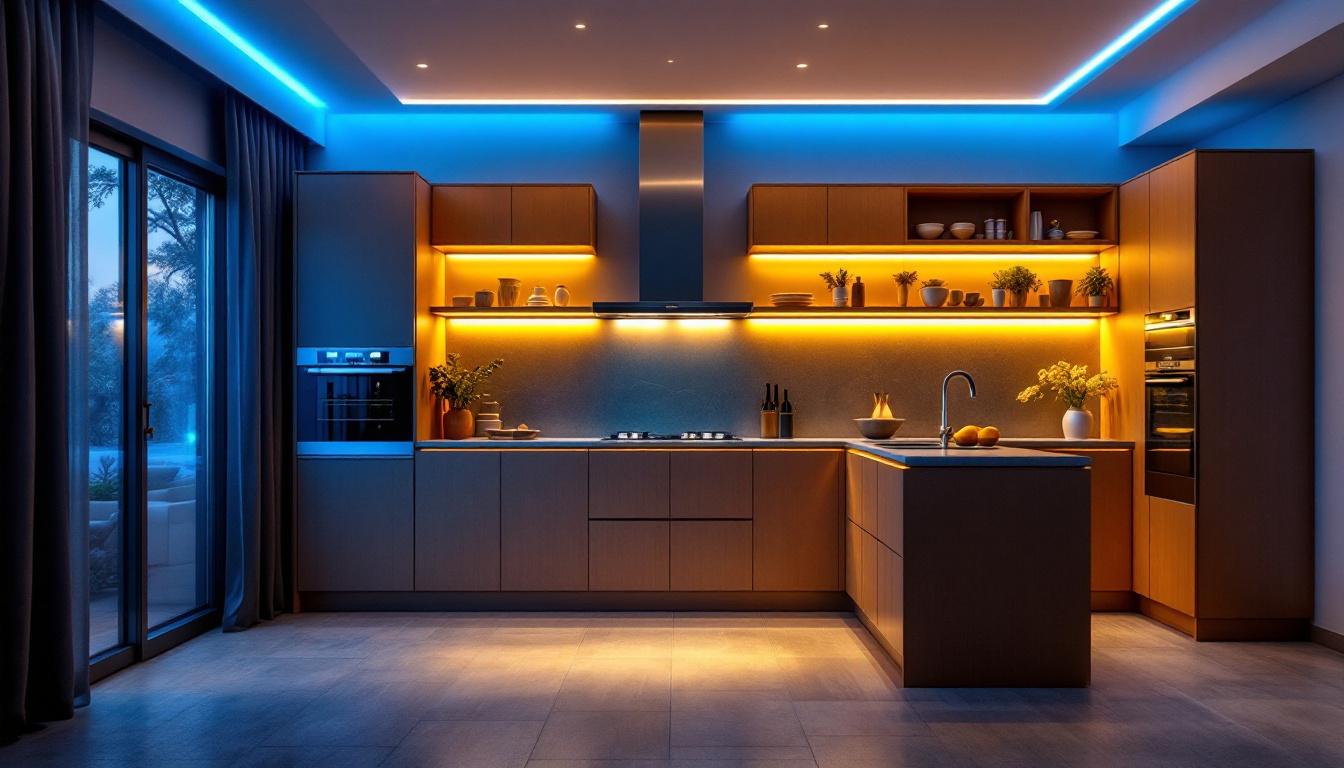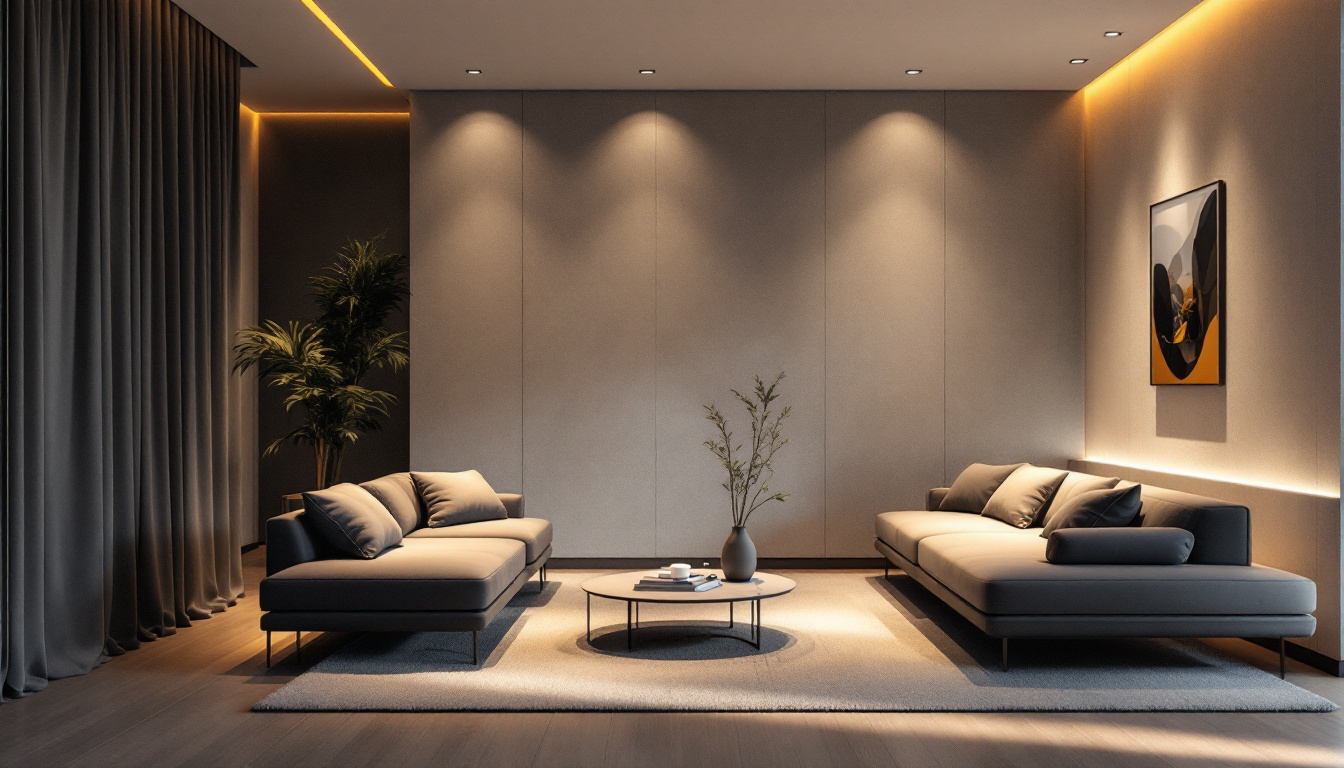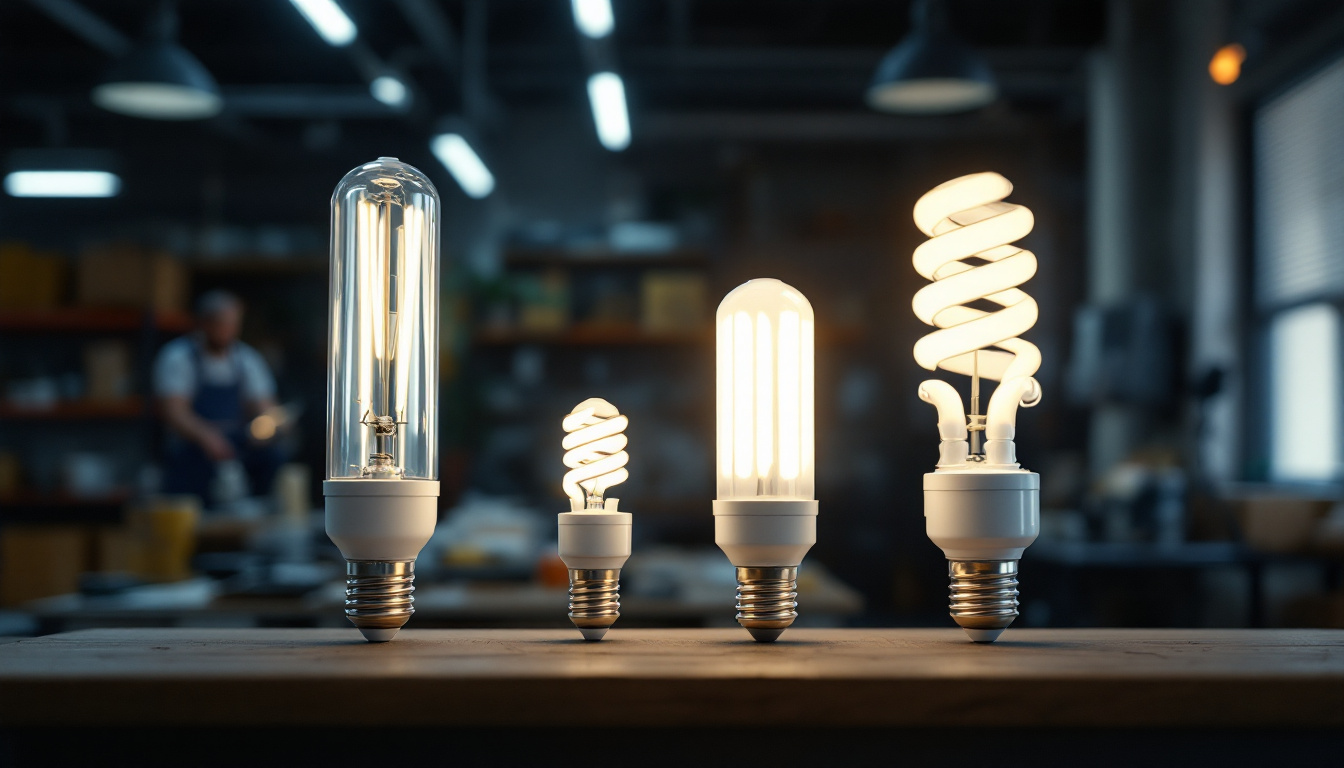
In the world of modern lighting solutions, tape light LEDs have emerged as a versatile and efficient option for both residential and commercial applications. This comprehensive guide aims to equip lighting contractors with the essential knowledge and insights needed to effectively utilize tape light LEDs in various projects. From understanding the technology behind them to installation techniques and design considerations, this handbook covers all aspects of tape light LEDs.
Tape light LEDs, also known as LED strip lights, are flexible circuit boards populated with light-emitting diodes (LEDs). These strips come with an adhesive backing, making them easy to install on a variety of surfaces. Their flexibility allows them to be bent, cut, or shaped to fit different spaces, making them an ideal choice for creative lighting solutions. The compact design of tape light LEDs means they can be installed in tight spaces where traditional lighting fixtures would be cumbersome, such as behind furniture or within cabinetry.
One of the most significant advantages of tape light LEDs is their low power consumption. Compared to traditional incandescent or fluorescent lights, LED strips use significantly less energy while providing the same, if not better, brightness. This energy efficiency translates into lower electricity bills for clients and a reduced environmental impact. Furthermore, the longevity of tape light LEDs is noteworthy; they can last up to 50,000 hours or more, significantly reducing the need for frequent replacements and maintenance.
Additionally, tape light LEDs are available in a wide range of colors and color temperatures. This versatility allows lighting contractors to create customized lighting effects that enhance the aesthetic appeal of any space. Whether it’s warm white for a cozy atmosphere or vibrant colors for a party setting, tape light LEDs can cater to diverse design needs. Many strips also come with dimmable options or smart technology integration, allowing users to adjust brightness and color remotely, further enhancing the user experience.
Tape light LEDs can be used in various applications, making them a valuable tool for lighting contractors. Common uses include under-cabinet lighting in kitchens, accent lighting in living rooms, and even outdoor lighting solutions. Their ability to be cut to length means they can be tailored to fit any space, no matter how unique. This adaptability is particularly beneficial in creative projects, such as illuminating architectural features or highlighting artwork in galleries.
Moreover, these lights are often used in commercial settings such as retail stores and restaurants. They can highlight merchandise, create ambiance, or provide functional lighting in areas where traditional fixtures may not be feasible. The adaptability of tape light LEDs makes them a go-to choice for contractors looking to meet the specific needs of their clients. In addition to retail and dining environments, tape light LEDs are also gaining popularity in event planning and staging, where they can be used to create dynamic backdrops or focal points that transform ordinary spaces into extraordinary experiences. Their ease of installation and versatility make them an essential tool for professionals in the lighting industry.
Proper installation is crucial for maximizing the performance and longevity of tape light LEDs. Lighting contractors should be familiar with various installation techniques to ensure a seamless and effective setup.
Before installing tape light LEDs, it’s essential to prepare the surface where they will be applied. The surface should be clean, dry, and free from dust or grease. For optimal adhesion, contractors may consider using isopropyl alcohol to wipe down the area. This preparation will help ensure that the adhesive backing of the tape light adheres properly, preventing any peeling or detachment over time. Additionally, it’s beneficial to assess the surface texture; smooth surfaces like glass or metal provide better adhesion than porous materials such as wood or drywall. In cases where the surface is uneven, using a primer or adhesive enhancer can create a more suitable base for the tape lights, ensuring a longer-lasting installation.
One of the unique features of tape light LEDs is their ability to be cut to fit specific lengths. Most LED strips come with marked cutting points, allowing contractors to trim them easily without damaging the circuit. After cutting, it’s important to connect the strips properly. This can be done using soldering techniques or by using connector clips designed for tape lights. Understanding these methods is essential for ensuring a reliable and safe electrical connection. Furthermore, contractors should be aware of the polarity of the strips when connecting them, as reversing the polarity can lead to malfunction. It’s also wise to plan the layout of the strips before cutting, as this can help visualize the final design and prevent unnecessary waste of materials.
Choosing the right power supply is critical for the successful operation of tape light LEDs. Contractors should ensure that the power supply matches the voltage requirements of the LED strips. Additionally, it’s essential to calculate the total wattage needed based on the length of the strips being used. Overloading a power supply can lead to flickering lights or even damage to the LED strips. It’s also important to consider the type of dimmer switch being used, as not all dimmers are compatible with LED technology. For installations that require dimming capabilities, selecting a dimmable power supply and ensuring that it is rated for the total wattage of the LED strips will provide a smooth and adjustable lighting experience. Moreover, keeping the power supply in a well-ventilated area can prevent overheating, which is crucial for maintaining the efficiency and lifespan of the lighting system.
When working with tape light LEDs, design considerations play a significant role in achieving the desired lighting effect. Lighting contractors should keep several factors in mind when planning their projects.
The choice of color temperature can drastically affect the mood of a space. Warmer temperatures (around 2700K to 3000K) create a cozy and inviting atmosphere, making them suitable for living areas and bedrooms. In contrast, cooler temperatures (above 4000K) are ideal for workspaces or areas requiring more focus. Contractors should consult with clients to determine the best color temperature for each application.
Strategic placement of tape light LEDs can enhance the overall design of a space. For instance, under-cabinet lighting should be positioned to minimize shadows and provide even illumination. Similarly, when using tape lights for accent lighting, contractors should consider the spacing between strips to achieve a balanced look. Too much distance can lead to dark spots, while too little can create an overwhelming effect.
Integrating dimmer switches with tape light LEDs can provide clients with greater control over their lighting environment. However, not all LED strips are compatible with dimmers. It’s crucial for contractors to verify compatibility before installation. Using a compatible dimmer can enhance the functionality of the lighting and allow for various moods to be created within a space.
Like any lighting solution, tape light LEDs require regular maintenance to ensure optimal performance. Understanding common issues and their solutions can save contractors time and enhance client satisfaction.
To maintain the brightness and efficiency of tape light LEDs, regular cleaning is essential. Dust and dirt can accumulate on the surface, diminishing light output. Contractors should recommend using a soft, damp cloth to gently wipe the strips, avoiding harsh chemicals that could damage the adhesive or the LED components.
Flickering lights or sections of the tape light not illuminating can indicate a problem. These issues may arise from loose connections, inadequate power supply, or damaged strips. Contractors should be prepared to troubleshoot these problems by checking connections, ensuring the power supply is sufficient, and replacing any damaged sections of the strip.
As technology advances, newer and more efficient tape light LEDs become available. Contractors should stay informed about the latest products and consider recommending upgrades to clients looking to enhance their lighting systems. Replacing older strips with newer models not only improves energy efficiency but can also provide clients with better color options and brightness levels.
In an era where energy efficiency and sustainability are paramount, tape light LEDs stand out as an environmentally friendly lighting option. Their low energy consumption and long lifespan contribute to reduced carbon footprints, making them an appealing choice for eco-conscious clients.
One of the most significant advantages of tape light LEDs is their longevity. With a lifespan often exceeding 25,000 hours, these lights require less frequent replacement compared to traditional lighting options. This not only reduces waste but also minimizes the labor and costs associated with regular replacements.
By utilizing tape light LEDs, clients can experience substantial energy savings. The low wattage of these lights means that even extensive installations can result in lower electricity bills. Lighting contractors can emphasize these savings when discussing project proposals, appealing to clients’ financial and environmental sensibilities.
Tape light LEDs have revolutionized the lighting industry, offering contractors a flexible, efficient, and aesthetically pleasing solution for various applications. By understanding the technology, installation techniques, design considerations, and maintenance practices, lighting contractors can effectively leverage tape light LEDs to meet their clients’ needs.
As the demand for innovative lighting solutions continues to grow, staying informed about the latest advancements in tape light LED technology will be crucial for contractors looking to remain competitive. Embracing these modern lighting solutions not only enhances the quality of projects but also contributes to a more sustainable future.
With this ultimate handbook, lighting contractors are now equipped with the knowledge to confidently incorporate tape light LEDs into their offerings, ensuring successful installations and satisfied clients.
Ready to elevate your lighting projects with the efficiency and elegance of tape light LEDs? Look no further than LumenWholesale for all your lighting needs. Our commitment to quality and affordability ensures that you receive the best spec-grade lighting products at wholesale prices that simply can’t be beaten. Say goodbye to middleman markups and hello to a vast selection of reliable, high-performance lighting options. Plus, with free shipping on bulk orders, you can stock up on premium lighting solutions without worrying about extra costs. Don’t compromise on quality or value—choose LumenWholesale for a seamless purchasing experience. Wholesale Lighting at the Best Value is just a click away.

Discover essential tips and common pitfalls to avoid when installing strip LED lights in kitchens.

Discover how angled recessed lighting transforms spaces while boosting energy efficiency.

Discover essential tips and strategies for lighting contractors to effectively troubleshoot and prevent common issues with sensor lights.

Discover the key differences between T12 and T8 bulbs in our comprehensive guide tailored for lighting contractors.